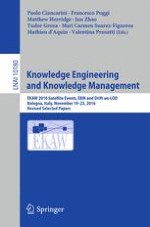This two-volume set LNCS 10305 and LNCS 10306 constitutes the refereed proceedings of the 14th International Work-Conference on Artificial Neural Networks, IWANN 2017, held in Cadiz, Spain, in June 2017.
The 126 revised full papers presented in this double volume were carefully reviewed and selected from 199 submissions. The papers are organized in topical sections on Bio-inspired Computing; E-Health and Computational Biology; Human Computer Interaction; Image and Signal Processing; Mathematics for Neural Networks; Self-organizing Networks; Spiking Neurons; Artificial Neural Networks in Industry ANNI'17; Computational Intelligence Tools and Techniques for Biomedical Applications; Assistive Rehabilitation Technology; Computational Intelligence Methods for Time Series; Machine Learning Applied to Vision and Robotics; Human Activity Recognition for Health and Well-Being Applications; Software Testing and Intelligent Systems; Real World Applications of BCI Systems; Machine Learning in Imbalanced Domains; Surveillance and Rescue Systems and Algorithms for Unmanned Aerial Vehicles; End-User Development for Social Robotics; Artificial Intelligence and Games; and Supervised, Non-Supervised, Reinforcement and Statistical Algorithms.
